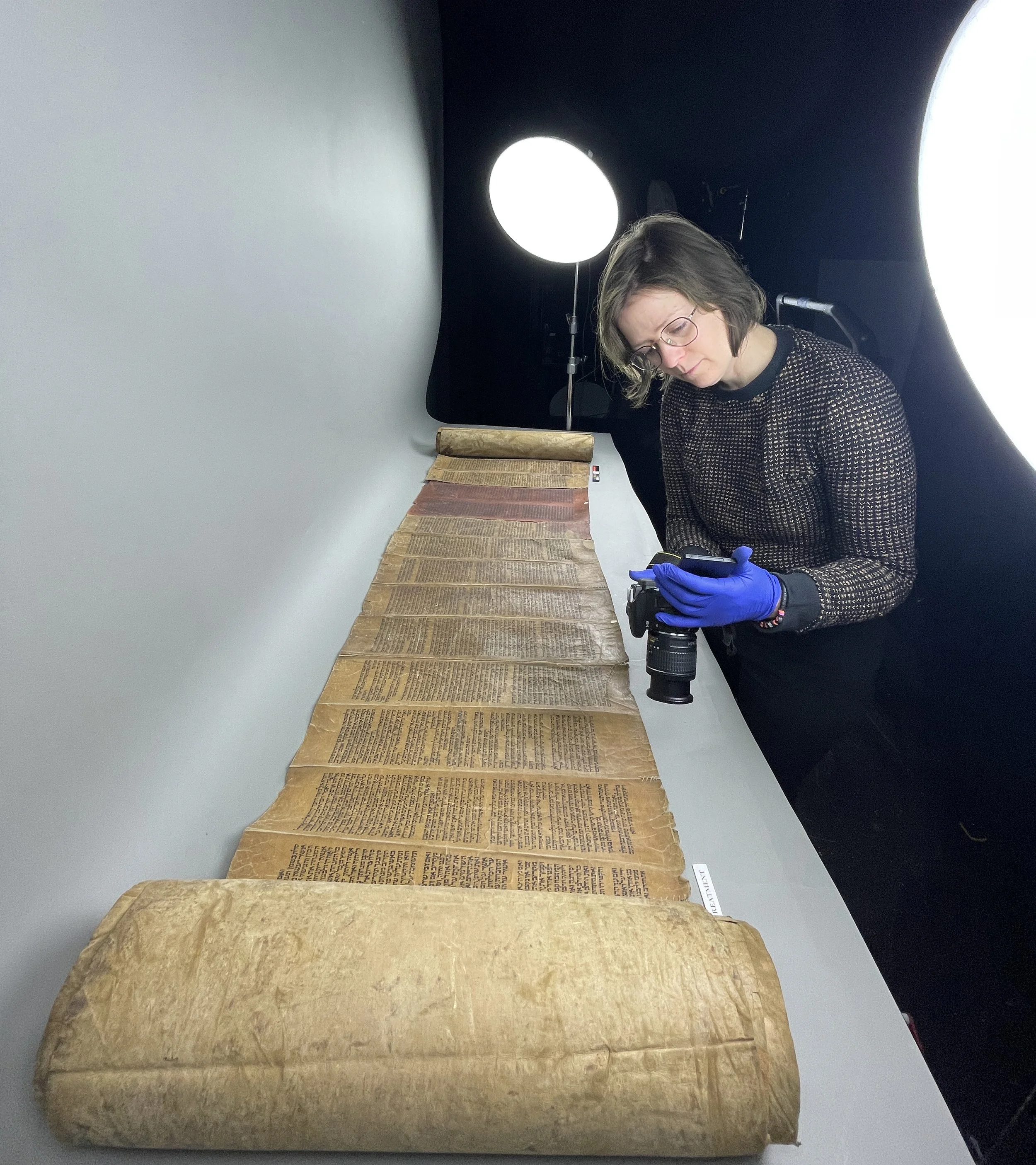Works on Paper Department: Hebraica collection
The foundation of the California State Library’s Sutro Library was assembled by former San Francisco mayor, engineer, entrepreneur, and philanthropist Adolph Sutro. In 1884, Sutro acquired a collection of Hebraica from Moses W. Shapira, a Jerusalem bookseller and antiquities dealer. This collection contains over 180 items, including bible fragments and scrolls, as well as books and documents that range in subject matter from bible commentaries to hermeneutics, lexicons, philosophy, Cabalistic works, poetry, and medicine. The collection is primarily Yemenite in origin with objects dating from the 1200s to the 1800s. Although the Hebraica collection has been cataloged many times, it is highly under-researched due to the fragility of the works that limits accessibility for scholars.
Due to their age, many of the objects exhibit physical signs of extensive use, condition issues, and past repairs, as they were used through generations of Jewish religious practice and study. The historical context and compositional nature of this collection presented Preservation Arts conservators with ethical considerations in developing the approach for conservation treatment, including retaining original bindings and stains from Seders and ceremonies that might offer information in future research of the collection. To address these cultural sensitivities, a methodology was defined in our proposal stage to set parameters and protocols for preservation. These guidelines then allowed refinement of the treatment that could balance ethical conservation with the priorities set forth by Sutro Library of creating access for scholarly research and overall stabilization. The project scope also included rehousing all 180+ objects in custom, archival enclosures that allow for safe handling and storage.
Treatment for the scroll below (iron gall ink on leather) included dry surface cleaning, stabilization of tears with heat set tissue, and consolidation of areas of friable media. Any condition features, such as water stains or seams were retained, as they might have historical significance that could speak to the object’s use or origin. Finally, a custom enclosure was fabricated using archival materials that allow the scroll to be handled by researchers in the future, as well as offering protection from environmental conditions.






